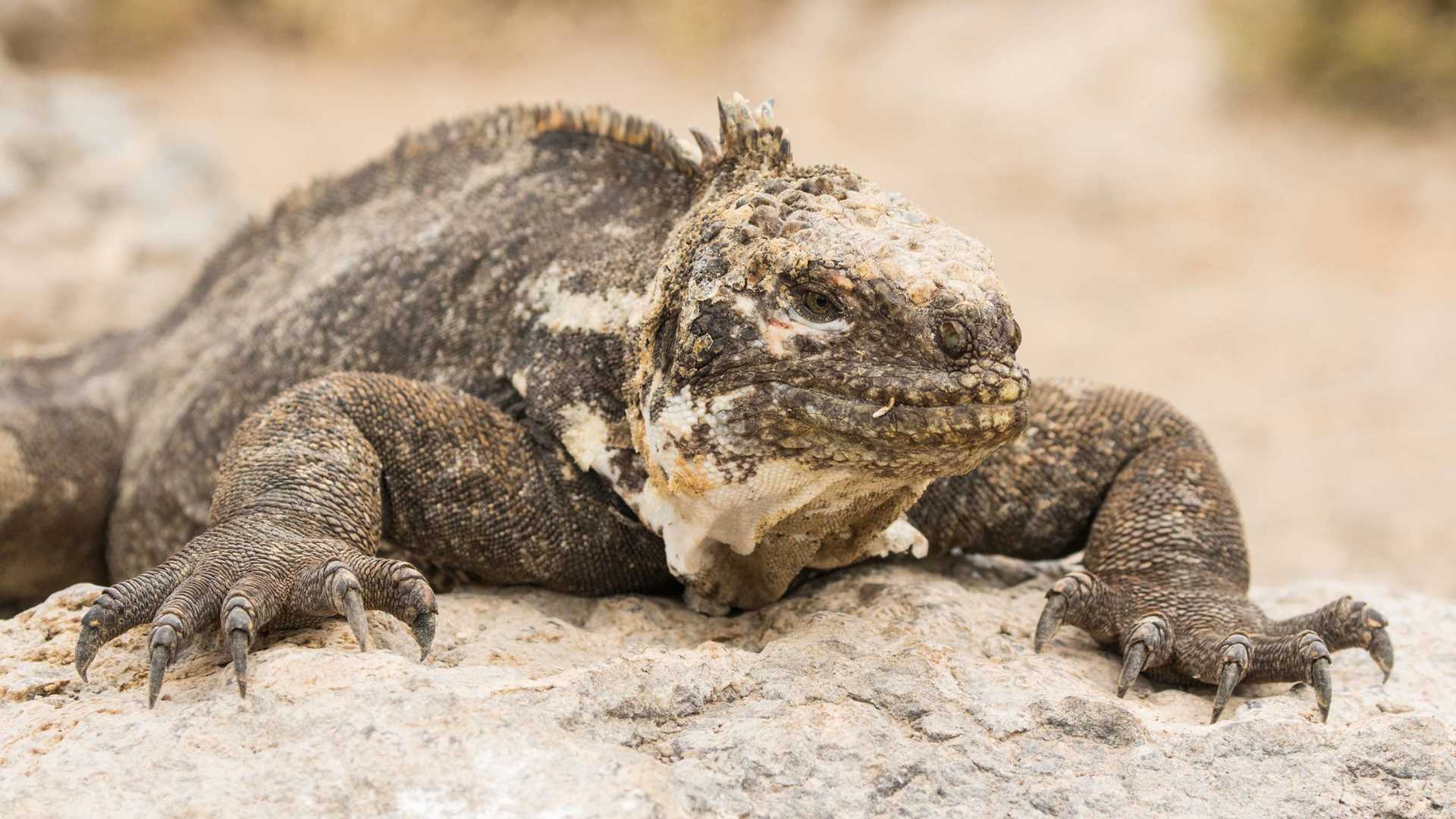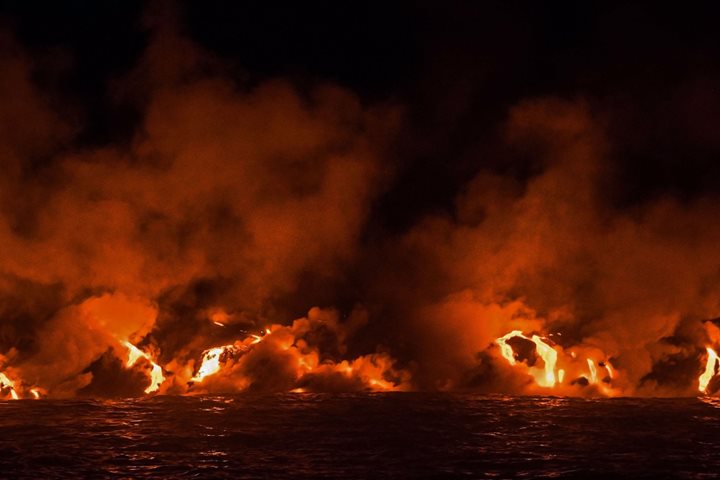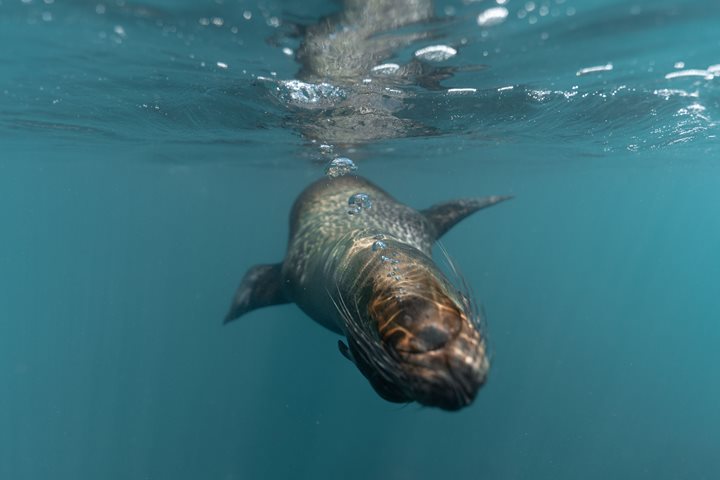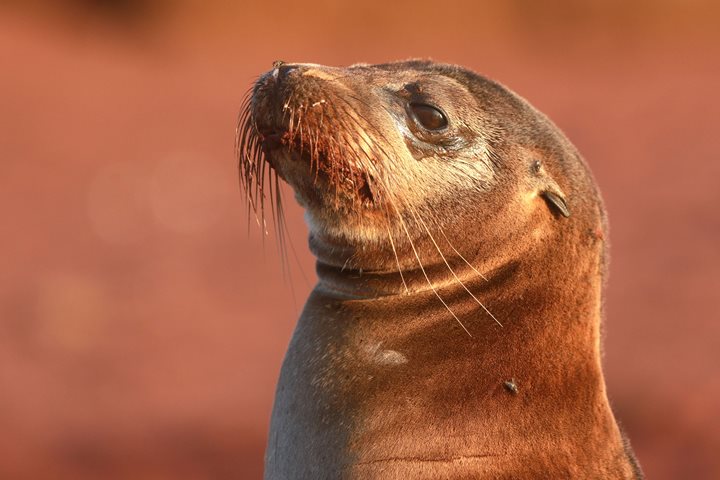Today’s expedition started on an uplifted, one tenth of a square kilometer island, called South Plaza. This island is located in the center of the archipelago and surrounded by other islands, yet so unique. Because of its small size this island has the only type of hybrid iguana in the Galapagos. It is the offspring of male marine iguanas and female land iguanas due to the overlapping of territory of these two species. As we walked along the trail we observed the behavior of multiple yellow land iguanas and a hybrid iguana which climbed up a cactus tree to eat a flower. In the afternoon we moved to another island, called Santa Fe. This island has its own land iguana, only found here, and gets its name from the island, the Santa Fe land iguana. This land iguana is very similar to the yellow land iguana, yet different. For example its scales have a lighter color and its eyes are red. We had an amazing iguana day in the Galapagos Islands!
- Daily Expedition Reports
- 15 Feb 2018
South Plaza & Santa Fe Islands, 2/15/2018, National Geographic Islander
- Aboard the National Geographic Islander
- Galápagos
Gianna Haro, Naturalist
Most of Gianna´s memories seem to be dreams, made on flawless white sandy beaches with black lava rock contours and gorgeous turquoise ocean waters. Most of it happened while barefoot, in an enchanting place that some people regard as an ideal natura...
Read MoreShare Report
Related Reports
11/23/2022
Read
National Geographic Islander II
Isabela and Fernandina
Our day began with the chance to point out a lot of interesting geological features as we enjoyed Zodiac tours along a massive flank of Ecuador Volcano on Punta Vicente Roca. In the afternoon, we took a sunny walk on Punta Espinoza on Fernandina Island. We spotted many iguanas, and a bunch of sea lions hanging around, too.
11/22/2022
Read
National Geographic Islander II
North Seymour & Rabida Islands
Relatively small and low compared to neighboring Santa Cruz, North Seymour is located to the north of Baltra. The island is dry with predominantly low shrubs, like prickly pear cacti. The incense trees are bare during the dry season. Seabirds like frigatebirds and blue-footed boobies nest on the island, and sea lions rest on the sand when they are not fishing. Land and marine iguanas also live here. Rabida is in the middle of the archipelago and has a striking red sand beach. We observed a small colony of sea lions of all ages resting or nursing. Behind the beach, American flamingos nest in a brackish lagoon. This island is full of contrasts and wildlife that we enjoyed observing during this day of expedition.







